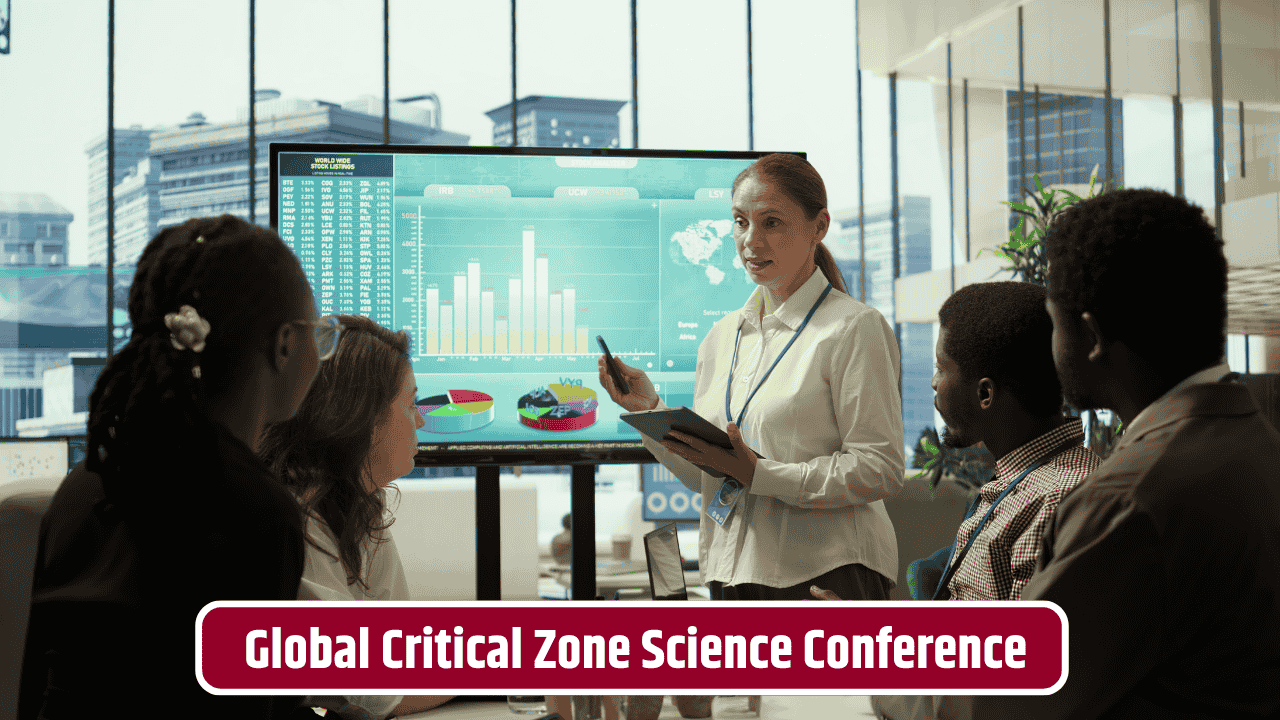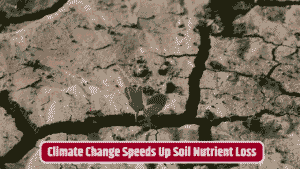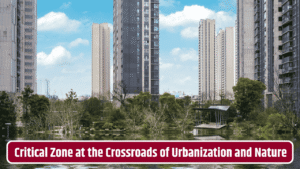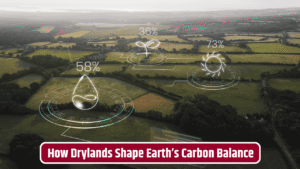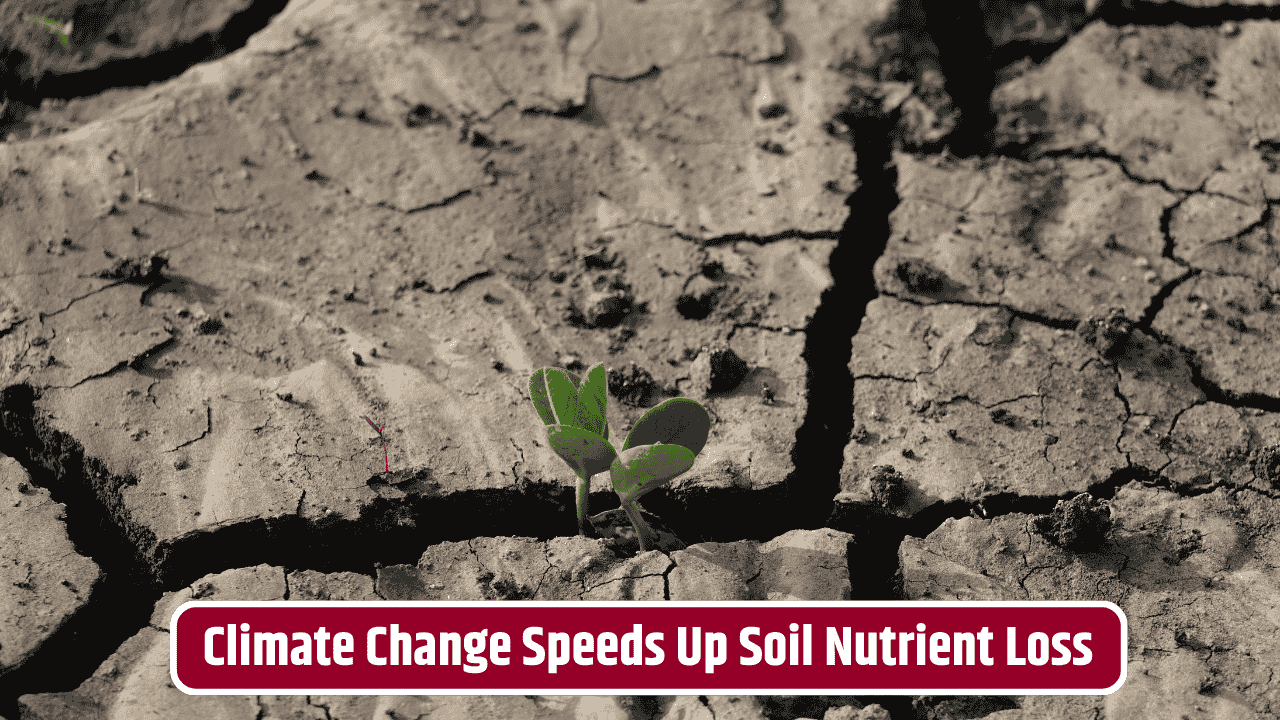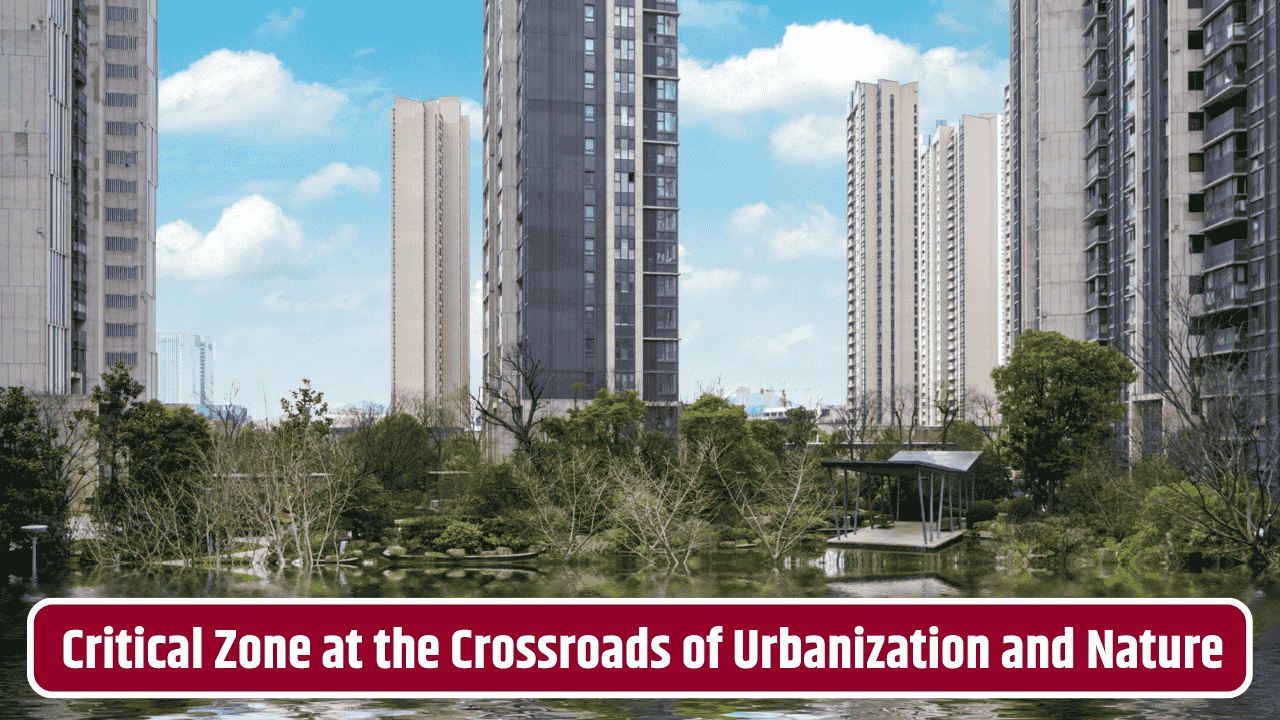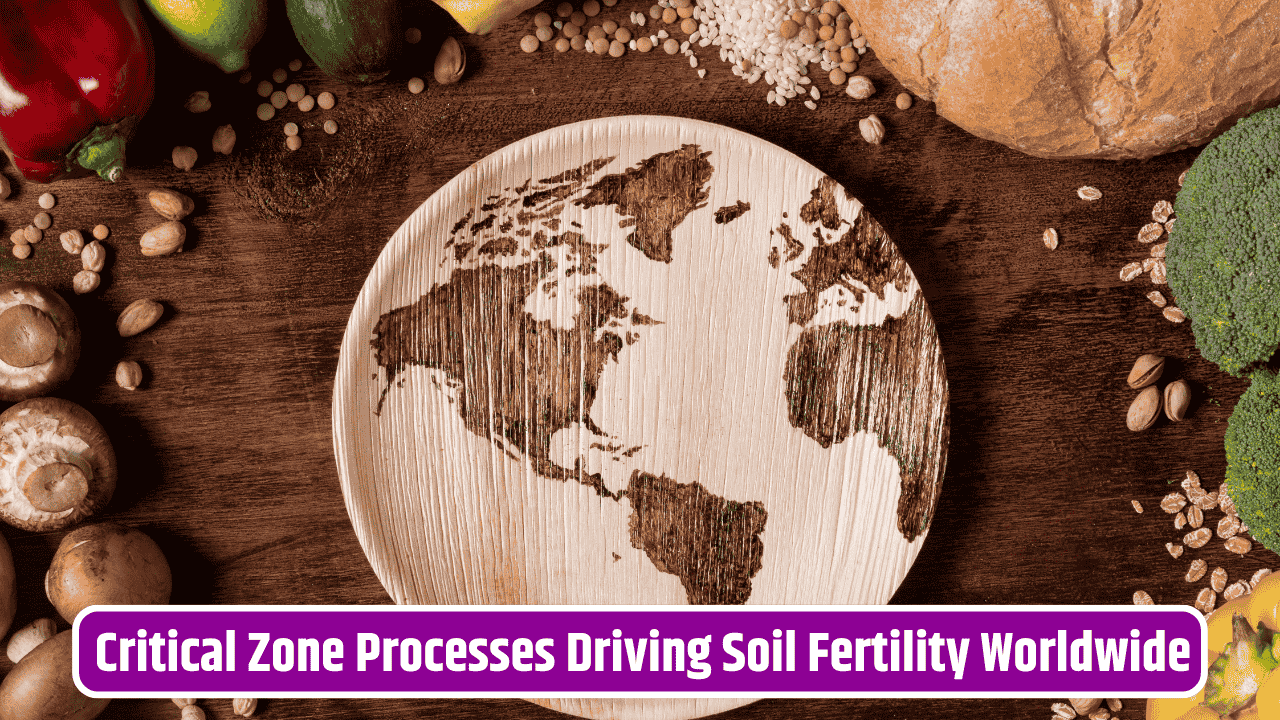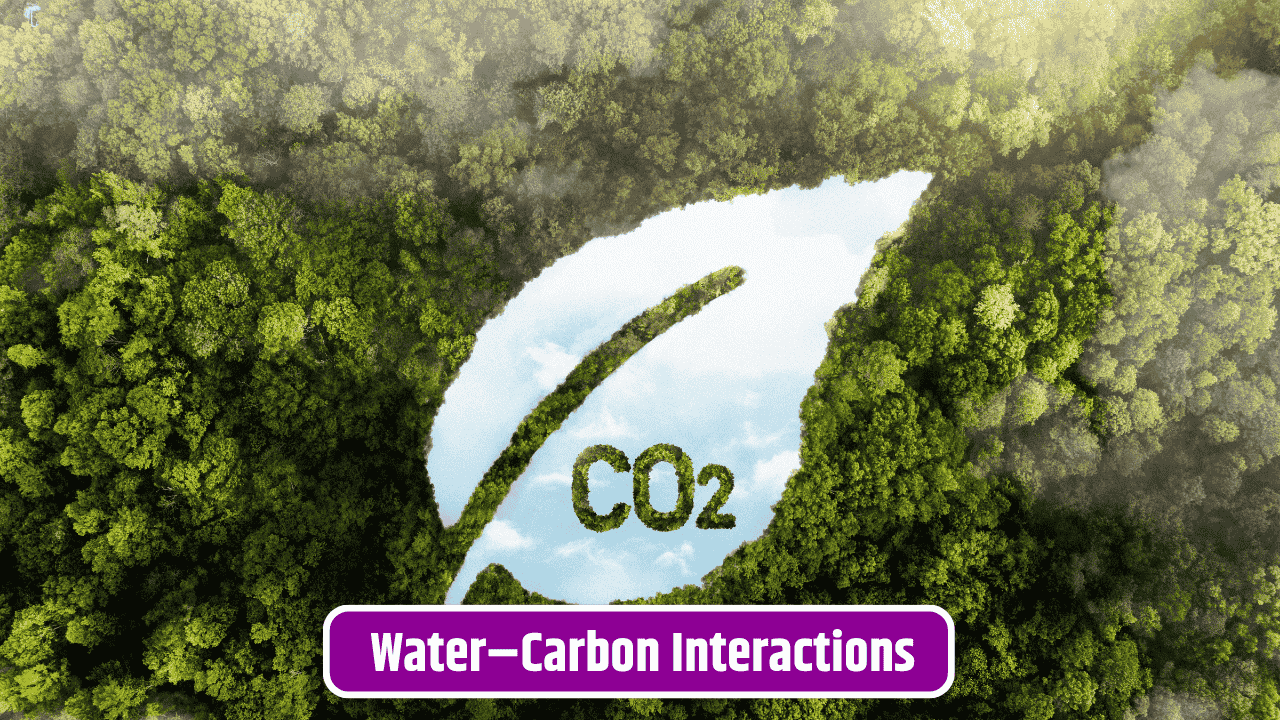It’s funny how a term like “Critical Zone” doesn’t sound all that glamorous at first. You picture some sci-fi warning label, maybe a big red button. But in science circles, the Critical Zone is the layer of Earth that keeps us alive—the thin skin stretching from the top of the vegetation canopy down to the groundwater. It’s where rocks weather, roots grab nutrients, microbes thrive, and water gets filtered before it ever hits your faucet. In short: it’s the backstage crew that makes the planet’s performance possible. And the latest Global Conference on Critical Zone Science, which just wrapped up, gave us a front-row seat to some fascinating—and at times sobering—updates.
Table of Contents
Why This Conference Mattered
This wasn’t just another academic get-together. With climate change reshaping rainfall patterns, soil fertility under stress, and groundwater disappearing in many regions, the Critical Zone has suddenly become the focus of urgent policy conversations. Scientists, policymakers, and even farmers came together to share data and ideas. The discussions ranged from the ultra-technical (like isotope tracing of soil carbon) to the deeply practical (how to manage water recharge in drought-prone regions).
Key Highlights from the Sessions
One of the big themes was soil as a living system. Researchers showed that soils aren’t just dirt—they’re dynamic ecosystems storing three times more carbon than the atmosphere. That means better soil management could become one of the most effective climate solutions we already have. Presentations stressed how deforestation and aggressive farming strip away this capacity, while regenerative agriculture can restore it.
Another hot topic was water security. Several case studies, including ones supported by the U.S. Geological Survey and European Environment Agency, showed how changing precipitation patterns are stressing aquifers. Scientists warned that the lag between cause and effect in groundwater depletion means today’s over-pumping might not show its true consequences for decades. A few pilot projects using managed aquifer recharge—literally directing stormwater underground—were showcased as promising experiments.
Table: A Quick Look at Major Topics Discussed
| Theme | Key Takeaway | Real-World Example |
|---|---|---|
| Soil Carbon Storage | Healthy soils can sequester CO₂ at scale | Midwest cover cropping trials |
| Groundwater Recharge | Stormwater capture can slow depletion | Pilot in California’s Central Valley |
| Land-Use & Deforestation | Clearing land worsens erosion & nutrient loss | Amazon basin monitoring |
| Critical Zone Observatories | Long-term data helps model climate resilience | EU-funded sites across Alps |
| Policy Integration | Science must inform land & water laws | Updates from COP discussions |
Technology Meets Dirt and Water
It wasn’t all doom and gloom. The tech crowd brought some futuristic tools into the mix. Remote sensing satellites, AI-driven soil sensors, and even drone-based imaging are giving scientists an unprecedented view of how fast ecosystems are changing. One standout session demonstrated how combining satellite moisture data with ground sensors could help farmers predict crop stress weeks in advance. Imagine a farmer in India knowing exactly when his soil is about to go bone-dry, weeks before the crops start wilting. That’s the kind of proactive science the conference was buzzing about.
Global North vs. Global South Concerns
A striking thread in the conversations was the unevenness of challenges. In North America and Europe, the focus leaned heavily on sustainability and carbon storage. In parts of Africa and South Asia, the conversation was about sheer survival: how to keep water flowing and soil fertile under extreme heatwaves and erratic monsoons. It underscored how the Critical Zone is universal in importance but hyper-local in its problems.
Policy and Actionable Steps
What good is science if it doesn’t influence policy? Some of the closing remarks pushed hard on this. There were calls for governments to integrate Critical Zone research into water policy, agricultural subsidies, and climate strategies. For instance, the United Nations Environment Programme has already flagged soil and water degradation as one of the least-addressed yet most urgent environmental threats. Several delegates stressed that local governments should be incentivizing soil restoration the same way they promote renewable energy.
The Human Element
Beyond the data, what stood out was the passion. A young researcher from Kenya spoke about how her village’s well had run dry when she was a child, and how that memory fuels her work on aquifer recharge. Farmers shared firsthand stories of yields collapsing after a few years of intensive cultivation. These weren’t just slides on a screen—they were lived realities.
Wrap-Up
The latest Global Conference on Critical Zone Science wasn’t about hand-wringing; it was about connecting dots between ecosystems, economies, and people’s everyday lives. Soil and water may not sound sexy, but they’re the foundation of everything from your morning coffee to your country’s energy security. The take-home message? Protecting the Critical Zone isn’t optional—it’s survival strategy.
FAQs
What exactly is the Critical Zone?
It’s the thin surface layer of Earth—from the tops of trees down to groundwater—where rock, soil, water, air, and living organisms interact.
Why is soil carbon storage important?
Soils hold more carbon than the atmosphere and vegetation combined, so keeping that carbon locked in the ground helps slow climate change.
How do Critical Zone Observatories work?
They’re long-term research sites equipped with sensors and monitoring systems to study soil, water, and ecosystems over decades.
What role can policy play?
Policies can support practices like regenerative farming, groundwater recharge projects, and protection of forests that stabilize soil and water cycles.
Is this mainly a science issue, or does it affect everyday people?
It affects everyone—food security, clean water, and climate stability all depend on Critical Zone processes.

